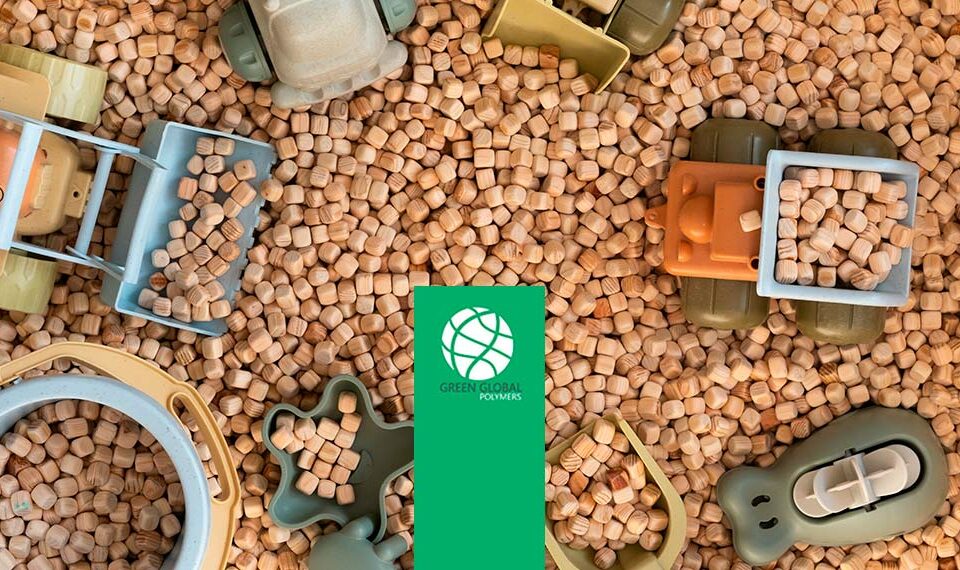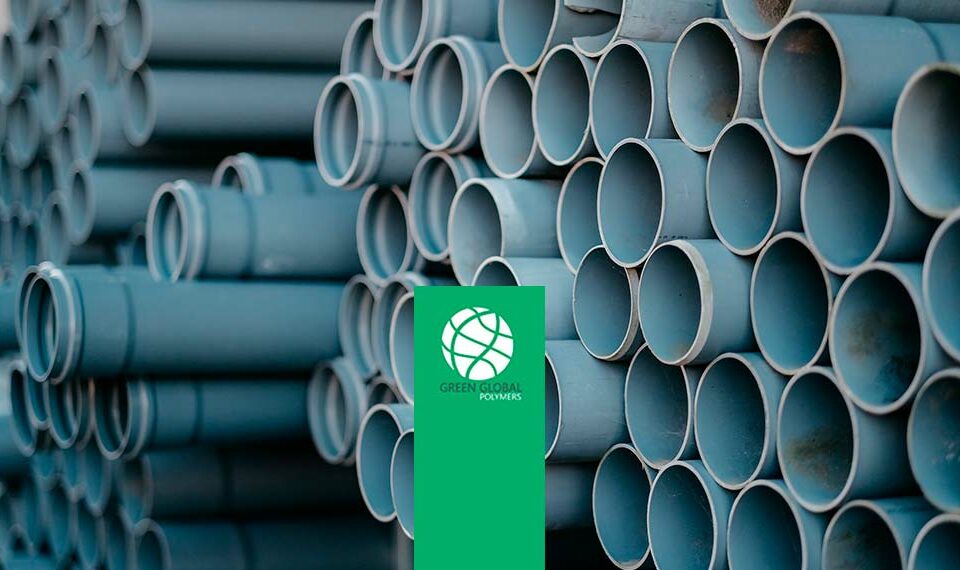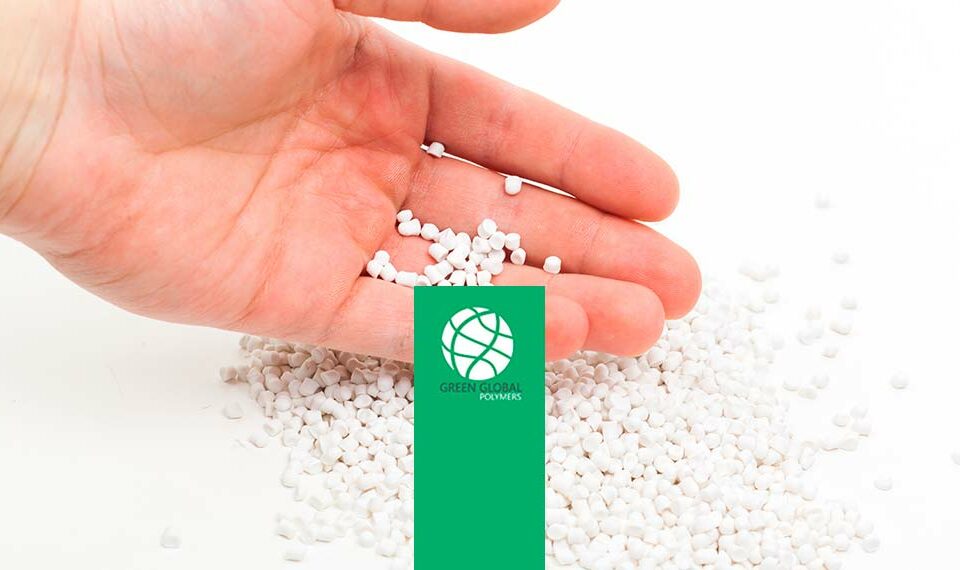
El plástico triturado es un material que se obtiene a partir del proceso de reciclaje de plásticos post-consumo o post-industriales. A través de maquinaria especializada, los plásticos se limpian, se seleccionan según tipo y color, y posteriormente se trituran en pequeñas escamas o fragmentos reutilizables en procesos industriales.
Este tipo de producto representa una de las mejores alternativas para reducir el impacto ambiental de los residuos plásticos. Gracias a su versatilidad, puede ser transformado nuevamente en productos útiles, cerrando así el ciclo de vida del material y evitando que termine en vertederos o en el océano.
En Green Global Polymers, llevamos más de 30 años dedicándonos a la recuperación de residuos plásticos para convertirlos en recursos valiosos. Nuestra planta en Ribarroja del Túria, Valencia, está equipada con línea de lavado y triturado de plástico, lo que garantiza una materia prima secundaria de alta calidad, lista para ser reintroducida en la cadena de valor.
Cómo se obtiene el plástico triturado, proceso y calidad
El proceso de obtención del plástico triturado es técnico y requiere una correcta gestión en todas sus etapas para asegurar que el producto final sea apto para reutilización.
En primer lugar, se realiza una clasificación por polímero, separando tipos como PP, PEHD, PELD, PET, PVC y PS. Luego se procede al lavado, donde se eliminan impurezas como etiquetas, tierra, residuos orgánicos o contaminantes.
Después de esta fase, el plástico limpio pasa por la línea de trituración, donde se reduce su tamaño hasta convertirlo en escamas uniformes. En Green Global Polymers aplicamos controles de calidad en cada fase, lo que nos permite asegurar que nuestro plástico triturado reciclado cumpla con los requerimientos técnicos para su reutilización.
Además, algunos de estos materiales son destinados a la transformación en granza plástica, lista para procesos de extrusión o inyección. Pero el plástico triturado como tal también tiene un alto valor en muchas industrias.
Principales sectores donde se usa el plástico triturado
El plástico triturado tiene aplicaciones muy diversas. Gracias a su adaptabilidad, puede ser reincorporado como materia prima en múltiples sectores industriales. Entre los más destacados se encuentran:
- Construcción:
El plástico reciclado triturado se emplea en la fabricación de tubos, revestimientos, separadores de obra y elementos de aislamiento. Su resistencia, durabilidad y bajo coste lo hacen ideal para este tipo de infraestructuras. En Green Global Polymers, uno de los materiales que procesamos con más frecuencia para este sector es el PVC triturado, muy valorado por sus propiedades aislantes y su capacidad de ser moldeado fácilmente. - Agricultura:
Se utiliza en la producción de canaletas, contenedores, maceteros, protectores para cultivos o sistemas de riego. Gracias a su ligereza y resistencia a los agentes químicos, el plástico triturado es ideal para entornos exigentes. - Automoción:
En piezas no estructurales como cubiertas de ruedas, soportes, embellecedores o interiores. Su uso reduce costes y mantiene la calidad técnica requerida. - Mobiliario urbano y jardín:
Los bancos, vallas, papeleras o mesas fabricadas con plásticos reciclados son cada vez más comunes en entornos públicos. El material triturado es ideal como base para crear elementos robustos, estéticamente agradables y sostenibles. - Industria textil y envase:
Especialmente en el caso del PET, donde el triturado es el paso previo para crear hilos de poliéster, botellas recicladas o bandejas para alimentación.
Ventajas de utilizar plástico triturado frente a materiales vírgenes
Elegir plástico triturado frente a materiales vírgenes aporta una serie de beneficios medioambientales y económicos que hoy en día son clave en cualquier proceso industrial:
Reducción del impacto ambiental
Se evita la extracción de nuevos recursos y se disminuye la huella de carbono asociada a la fabricación de polímeros vírgenes.
Ahorro de costes
El material reciclado triturado es más económico que su equivalente virgen, sin perder rendimiento en aplicaciones donde no se requieren especificaciones ultra técnicas.
Contribución a la economía circular
Al reaprovechar los materiales plásticos, se alarga su ciclo de vida y se promueve un modelo productivo sostenible.
Apoyo a políticas verdes
Muchas empresas e instituciones buscan proveedores comprometidos con la sostenibilidad. Ofrecer productos fabricados con plástico triturado mejora la imagen corporativa y abre nuevas oportunidades de negocio.
En Green Global Polymers, entendemos que cada kilo de plástico reciclado es un paso hacia un mundo más limpio. Nuestro compromiso se traduce en acciones concretas, como el perfeccionamiento continuo de nuestras líneas de producción y el control estricto sobre los materiales que comercializamos.
¿Cuándo usar el plástico triturado? Casos clave de aplicación
Saber cuándo usar el plástico triturado depende del tipo de producto que se quiere fabricar, los requerimientos técnicos del mismo y el nivel de sostenibilidad deseado en el proceso.
Los casos clave para su aplicación incluyen:
- Cuando el producto final no requiere una transparencia perfecta o acabados extremadamente finos (por ejemplo, en mobiliario, tubos, señalética).
- Cuando se busca reducir costes en materia prima sin comprometer resistencia o durabilidad.
- Cuando se necesita un material con buena resistencia térmica o mecánica, como el PVC triturado para construcción o cableado.
- Cuando se pretende aplicar un modelo de economía circular, reutilizando los propios residuos generados por la empresa.
- Cuando el cliente final exige componentes reciclados como parte de su estrategia de sostenibilidad.
En nuestra experiencia en Green Global Polymers, muchos clientes recurren al plástico triturado como solución para desarrollar productos ecológicos, especialmente en sectores como la construcción, agricultura, automoción y packaging.



